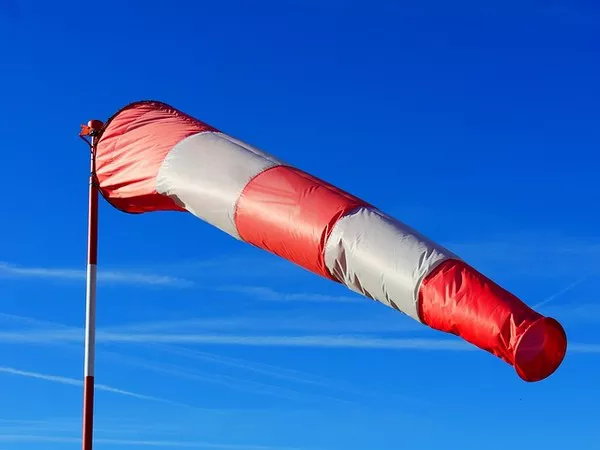Anemometers have long been synonymous with measuring wind speed, serving as indispensable tools for meteorologists and researchers. However, the question arises: can these instruments, designed to gauge air movement, be repurposed to measure water flow? This article delves into the versatility of anemometers and explores the feasibility of employing them to quantify water flow in various contexts.
Understanding Anemometers:
Before delving into their potential applications in water flow measurement, it is crucial to grasp the fundamental principles behind anemometers. These devices are engineered to detect and quantify the speed of air movement. Common types include cup anemometers, vane anemometers, and hot-wire anemometers, each utilizing distinct mechanisms to capture airflow.
Cup anemometers, for instance, rely on the rotation of cups in response to wind, translating this motion into wind speed readings. Vane anemometers use a freely rotating vane or blade to determine the wind’s force and direction. Hot-wire anemometers, on the other hand, measure airflow by assessing the rate at which a heated wire is cooled by the passing air.
Can Anemometers Measure Water Flow?
While anemometers are specifically designed for air, researchers and engineers have explored the possibility of adapting these instruments to measure water flow. The key lies in identifying the similarities and differences between air and water dynamics.
Similarities Between Air and Water Dynamics:
Fluid Dynamics Principles: Both air and water are fluids governed by similar fundamental principles of fluid dynamics. The basic equations describing fluid motion apply to both mediums, enabling the potential crossover of measuring instruments.
Kinetic Energy Transfer: The transfer of kinetic energy from the fluid to the measuring device remains consistent across air and water. Anemometers capture this energy transfer to provide readings, suggesting the potential adaptability of these devices.
Differences Between Air and Water Dynamics:
Density Discrepancies: One significant challenge in repurposing anemometers for water flow measurement lies in the disparity between air and water densities. Water is over 800 times denser than air, impacting the sensitivity and response of traditional anemometers.
Medium Interaction: Air and water interact differently with surfaces, affecting the performance of anemometers. Friction, buoyancy, and viscosity play distinct roles in water compared to air, necessitating modifications to ensure accurate measurements.
Potential Adaptations and Challenges:
Material Modifications: Adapting anemometers for water flow measurement involves selecting materials capable of withstanding the unique challenges posed by water. Corrosion-resistant materials and specialized coatings may be necessary to enhance durability.
Sensor Calibration: Calibration becomes a critical factor when transitioning from air to water measurements. Adjusting sensor sensitivity and response times ensures accurate readings in the denser aquatic environment.
Design Considerations: Redesigning anemometers to suit water flow measurement requires careful consideration of hydrodynamic factors. The shape and size of the measuring elements must be optimized to account for water-specific characteristics.
See Also: What Units Does The Anemometer Measure In?A Comprehensive Guide
Applications in Hydrometry:
The adaptation of anemometers for water flow measurement finds particular relevance in hydrometry, the science of quantifying water movement. In open-channel flow scenarios, such as rivers and streams, anemometers could offer a cost-effective alternative to traditional water flow meters.
River Hydrology: Anemometers modified for water flow could aid in monitoring river hydrology, providing valuable data for flood prediction, water resource management, and environmental conservation.
Irrigation Systems: Agricultural practices heavily rely on accurate water flow measurements for efficient irrigation. Anemometers adapted for water flow could find application in optimizing water distribution in agricultural settings.
Urban Drainage Systems: Understanding water flow in urban drainage systems is crucial for preventing flooding and managing stormwater. Repurposed anemometers could contribute to real-time monitoring and early warning systems.
Conclusion:
While anemometers are ingeniously designed for measuring air movement, their adaptation for water flow measurement poses both challenges and opportunities. Researchers and engineers continue to explore innovative ways to modify these instruments, considering material advancements, sensor calibration, and hydrodynamic design considerations.
The potential applications of anemometers in hydrometry offer a promising avenue for cost-effective and widespread water flow measurement. However, overcoming the inherent differences between air and water dynamics demands meticulous research and development efforts to ensure accuracy and reliability in diverse aquatic environments. As technology advances, the prospect of anemometers contributing to water flow measurement underscores the ever-expanding boundaries of scientific instrumentation.

